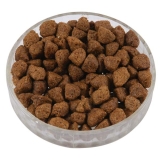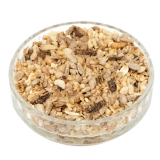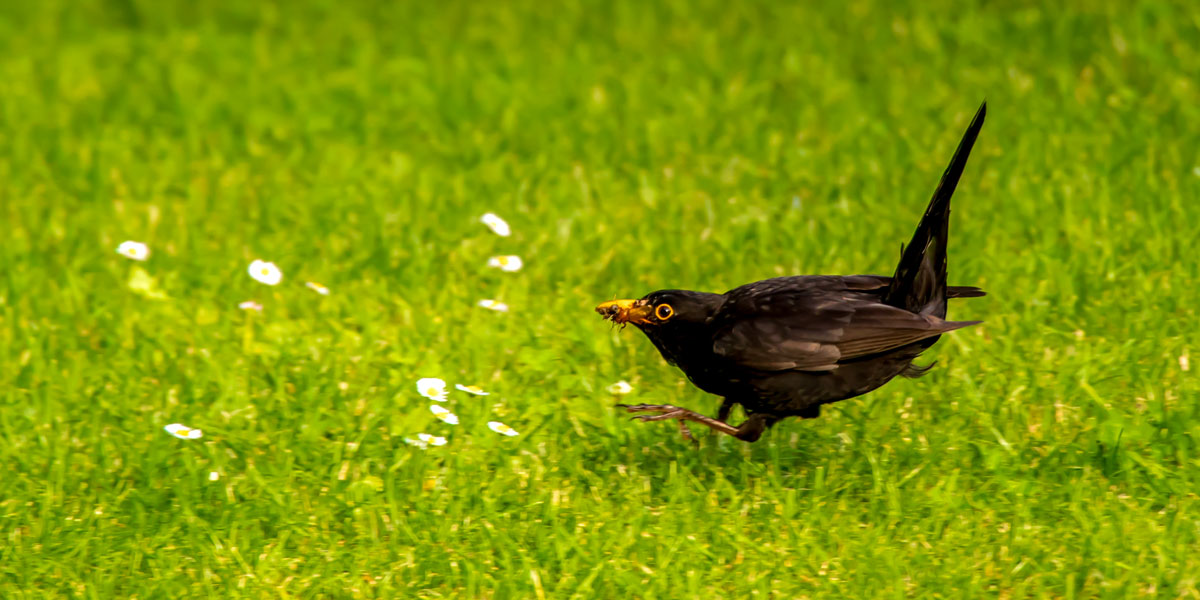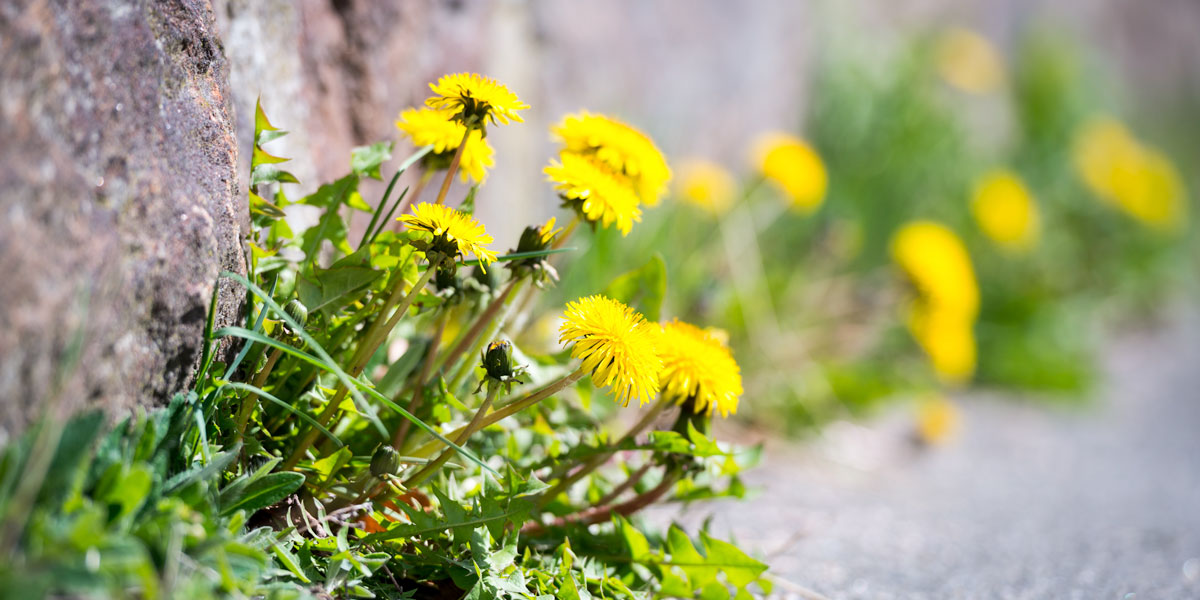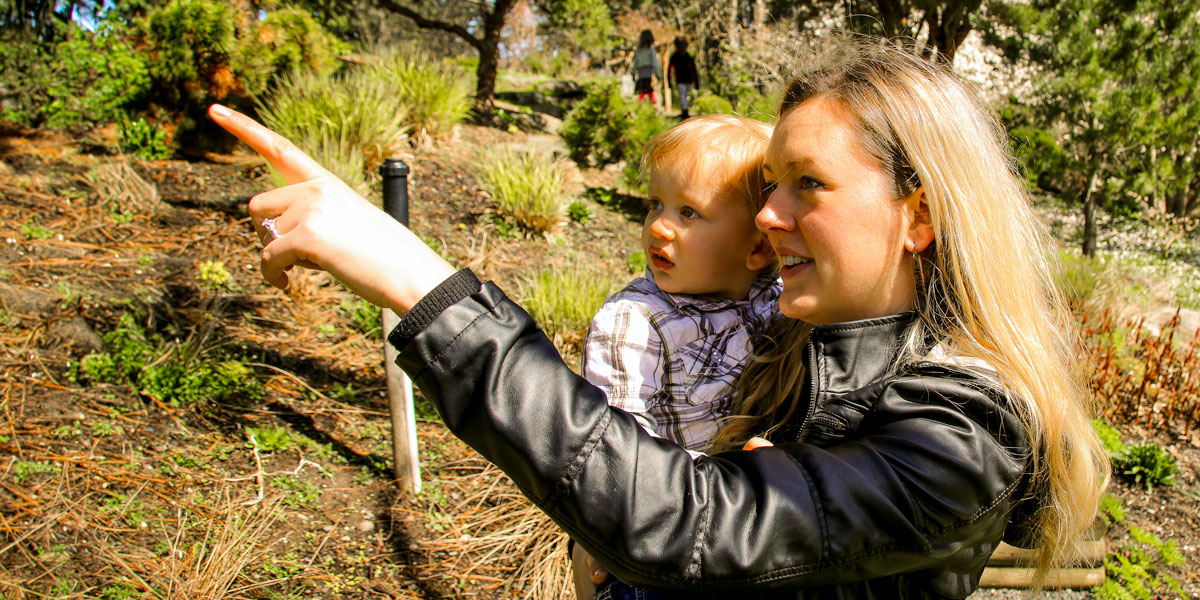Explore Our Garden Wildlife Blog
Browse or search by Category or Keyword below, alternatively click on any Tag to see related articles.
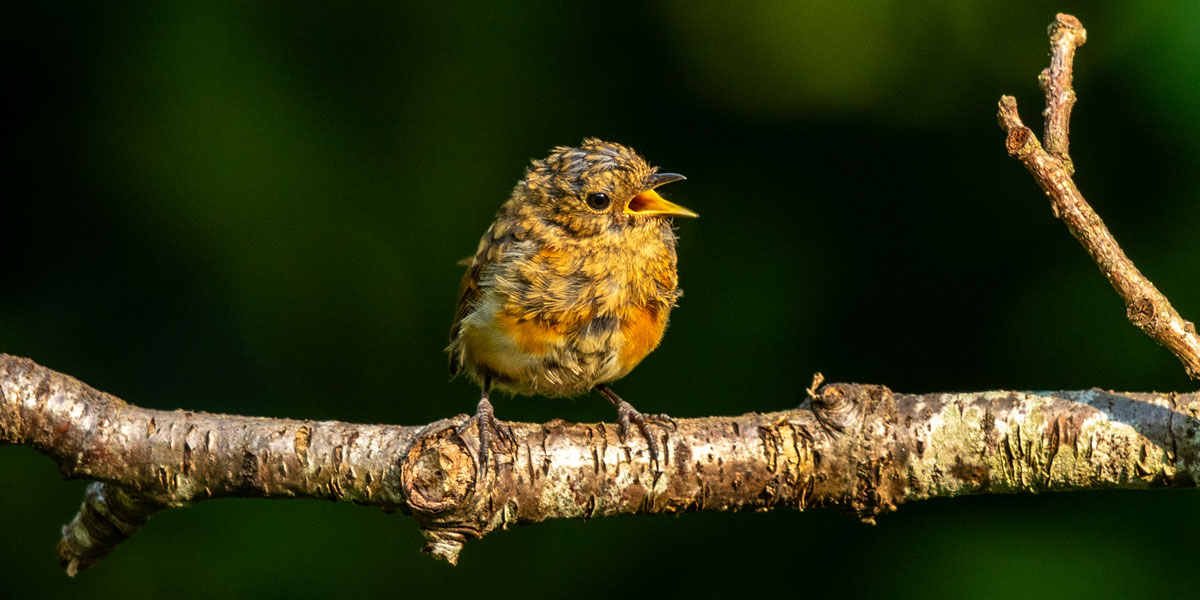

Flying Solo
By Sean McMenemy
26th June 2023
Last Updated: 7th July 2023
As the sun climbs higher in the sky and we enjoy the longer days and shorter nights, a calmness embraces the land, replacing the frantic pace of spring. Everything seems to slow under a hot sun, even the air stands still, only to be disturbed by the hum of bees or a passing dragonfly.
Most of our native wildlife chooses spring as their preferred breeding season. While it carries risks, the rewards are the long, warm summer days with ample food available for the new generation. From ponds full of spawn, trees and shrubs full of birds nests, to foxes and hedgehogs making nests under the shed. They all brought new life into the world which are now ready to start ‘flying solo’ as they move toward independent lives.
The parents of many species may have already migrated to far off places, leaving the young to figure it out for themselves. Others will become territorial and aggressively drive their (now) adult sized offspring away. More still, will be starting on second broods and have no time to spend with the first.
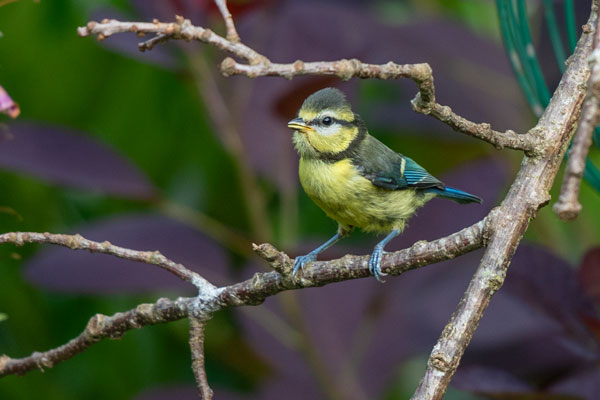

The obvious urgency of spring may now be past, but don’t be fooled by the apparent tranquillity of summer, there is an abundance of inexperienced youth out there trying to find its way. It is typical during early summer to witness strange, curious and inappropriate behaviour from many creatures, as they battle their way through a short, sharp and an often-lethal learning curve. ‘What can I eat?’, ‘Where can I eat?’ and ‘How can I avoid getting eaten?’ are the urgent questions. These are the day-to-day tests all youngsters must pass before they even contemplate migration, winter and of course human activity such as cars, poisons and litter!
While a starling or squirrel squeezing itself through the bars of a caged feeder may be amusing or annoying to us, it is in fact, distressed behaviour for the creature. When a robin who’s designed to feed on the ground is seen flapping frantically (like a humming bird) on a bird feeder, it’s a sorry sight. Hedgehogs and dogs don’t want to eat together, and foxes really don’t like going in houses. But all these are common summer events when hunger overrides a young animals instinct and shows its inexperience.
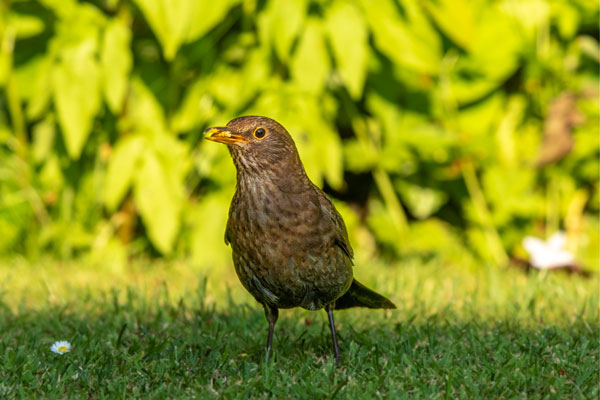

The odds are stacked against the young, and the majority will fail the test called survival. Sometimes a little luck or a helping hand can shift those odds in favour of success and we can help with this. We can put out appropriate food throughout the summer, seed for the seed eaters, fat and fruit for the songsters and meat and insects for the insectivores and carnivores. We can put it in multiple safe places where the birds and animals naturally like to eat, out of the way of cats, sparrowhawks, and other predators. We can make fresh water available on the ground and on a platform for creatures to bathe and drink. And we can reduce or stop using chemicals, take care with strimmers and ensure there is access gaps in and out of the garden.
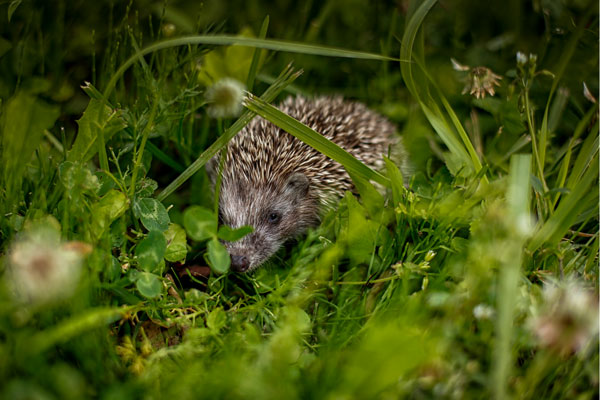

While it is nice to place feeders close to the house to watch the birds and perhaps put hedgehog food out on the patio under the lights, this may not be best for our wildlife. If you can, try and scatter food to encourage wild foraging behaviour. Hang suet filled coconuts from multiple trees or shrubs to encourage all the tit bird species to explore different trees. Scatter (non-germinating) mixed seeds and mealworms in borders and under hedges for blackbirds and robins to scratch about. Similarly, place pinches of hedgehog food in small piles in multiple locations to encourage natural foraging behaviour.
All these small actions will play to the natural instincts of young birds and animals increasing their abilities while the weather is warm and food abundant. This learning will pay great rewards come winter, when food is scarce, and skills learned during the warmer months will make the difference between life and death. The first winter is the toughest test of any wild animals’ existence, and any encouragement we can offer them now will pay them back when the test comes.






